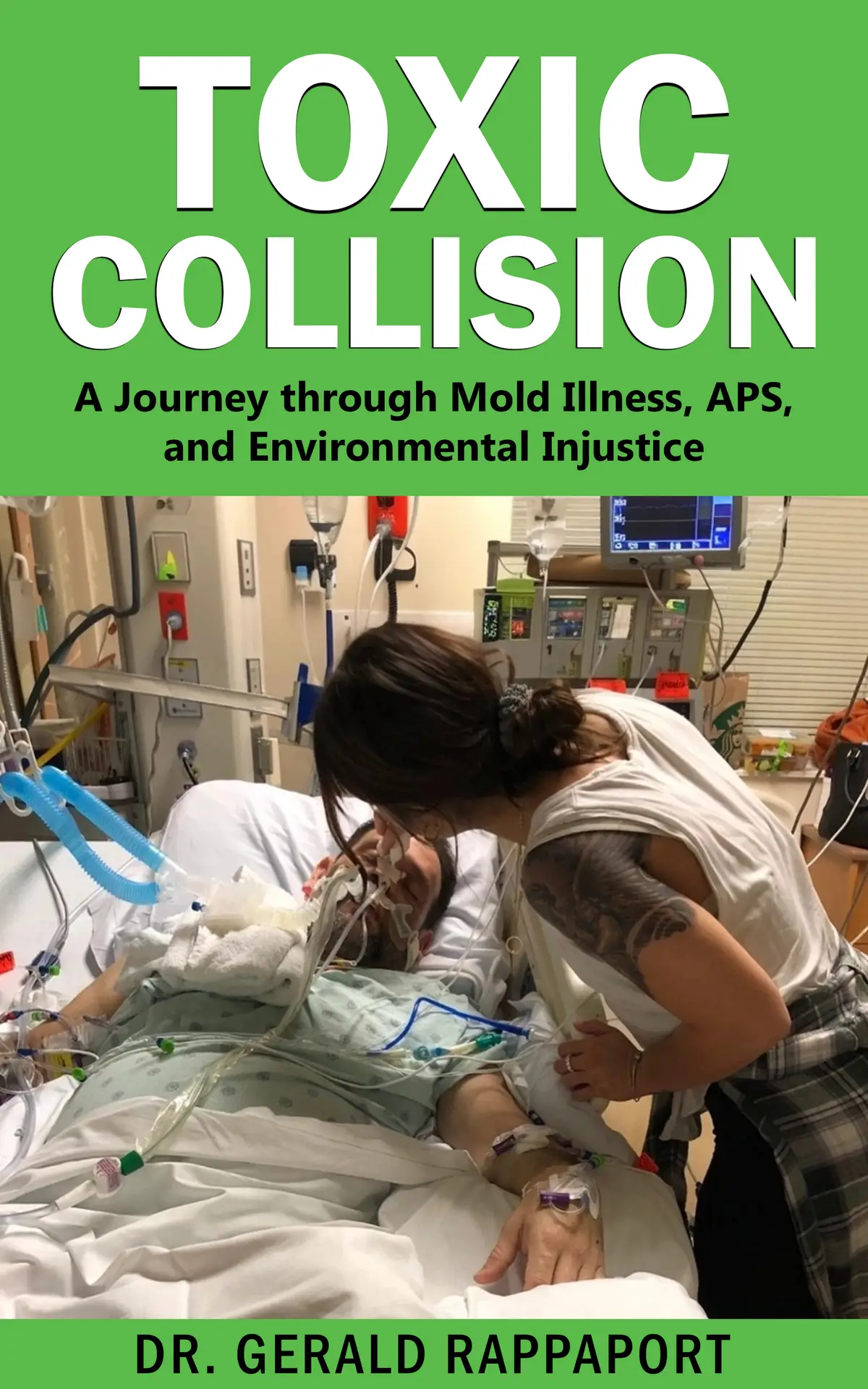House dust mites (HDM) are microscopic arachnids that thrive in indoor environments, particularly in bedding, carpets, and upholstered furniture. While their presence is ubiquitous, individuals with severe allergies to HDM can suffer from significant health consequences due to oxidative stress, inflammation, and immune dysregulation. Despite these effects, Chronic Inflammatory Response Syndrome (CIRS) does not include HDM as a causative agent, which is scientifically inaccurate. Both mold and HDM exposure can lead to similar symptomatology, making their exclusion in medical models and toxic tort litigation problematic.
Environmental and Patient Testing for HDM
Testing for HDM should include both environmental sampling and patient-specific immunological assessments.
- Environmental Testing: Dust samples from home and workplace environments can be analyzed for HDM antigens. High concentrations suggest a need for remediation, such as enhanced cleaning, the use of HEPA filters, and reduction of humidity levels.
- Patient Testing: Individuals experiencing chronic allergic symptoms may benefit from serum IgE and IgG testing specific to HDM allergens. Skin prick testing and nasal challenge testing can also confirm sensitization and reactivity.
Oxidative Stress and Systemic Illness in HDM Allergy
Severe HDM allergies can lead to systemic oxidative stress, a key driver of chronic illness. When individuals with HDM sensitivities are exposed, their immune system reacts aggressively, producing an excess of reactive oxygen species (ROS). This can contribute to mitochondrial dysfunction, systemic inflammation, and multi-organ involvement.
Lung Pathology in HDM Sensitivity
The respiratory system is often the primary target in HDM sensitivity, manifesting as:
- Allergic asthma with bronchoconstriction and airway inflammation
- Chronic allergic rhinitis with nasal congestion, sneezing, and postnasal drip
- Hypersensitivity pneumonitis in severe cases, leading to interstitial lung damage
Neurological and Gastrointestinal Symptoms Related to HDM Allergy
HDM exposure can also impact the nervous and gastrointestinal systems, leading to:
- Neurological Symptoms: Fatigue, brain fog, headaches, dizziness, and cognitive dysfunction due to systemic inflammation and oxidative stress.
- Gastrointestinal Symptoms: Increased gut permeability (“leaky gut”), bloating, cramping, and irritable bowel syndrome-like symptoms due to immune activation.
HDM and Mold in Toxic Tort Litigation
Despite their shared potential for causing chronic illness, HDM and mold exposure are treated separately in toxic tort litigation. Mold-related cases often face legal challenges due to exclusions in policies, while HDM cases are rarely litigated despite clear evidence of health impacts. However, a path to successful litigation exists by:
- Establishing a clear medical link between HDM exposure and the plaintiff’s health condition.
- Utilizing environmental and patient-specific testing to demonstrate causation.
- Citing research, such as the work of Dr. Gerald Rappaport, who dedicated a decade to studying and recovering from HDM and mold-related illness.
Conclusion: The Need for Recognition and Future Research
HDM and mold exposure both contribute to chronic inflammatory conditions, yet CIRS and legal frameworks fail to recognize this connection adequately. Future medical research and legal efforts must bridge this gap, ensuring affected individuals receive proper diagnosis, treatment, and legal recourse. More information on this evolving topic will follow.


